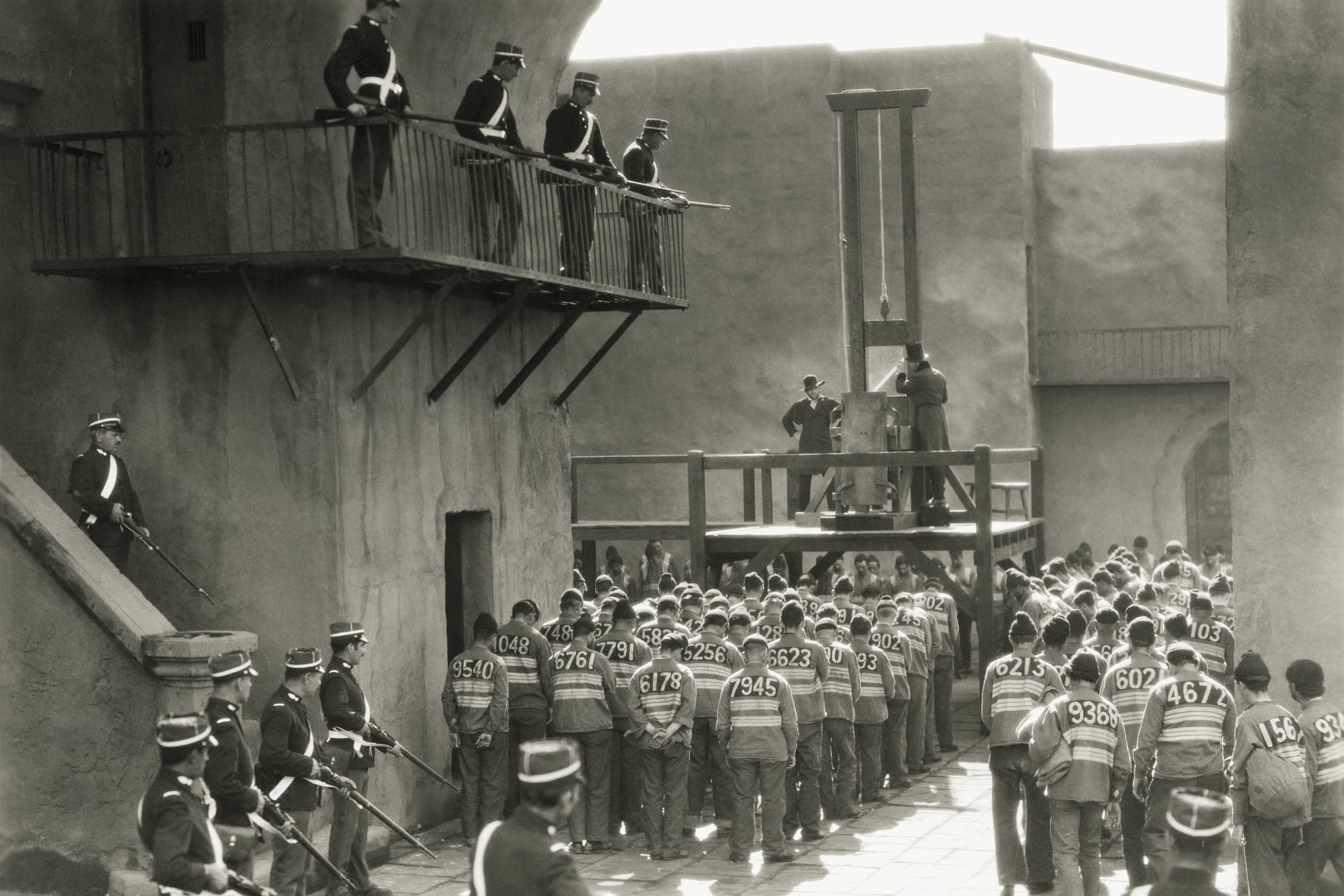Making a Murderer, Brain Fingerprinting, and the Ownership of Thoughts
In 2015, Netflix released the first season of the docu-series Making a Murderer. The series follows the story of convicted murderer Steven Avery. Avery’s case is noteworthy because, in 1985, he was wrongfully convicted for the rape and attempted murder of Penny Beernsten. The Innocence Project used DNA technology that did not exist at the time at which Avery was convicted to prove that Avery was innocent and that a different man had committed the crime. Avery was released in 2003 and subsequently filed a $36 million lawsuit for unlawful conviction against Manitowoc County, among others.
In 2005, photographer Teresa Holbach went missing. Her most recent scheduled appointment was to photograph a van at Avery’s home for his family business, Avery’s Auto Salvage. Charred fragments of Holbach’s bones were later found in a fire pit on Steven Avery’s property. Avery and his young cousin, Brendan Dassey were convicted of Holbach’s murder.
As a docu-series, Making a Murderer was widely successful. Many viewers were left with the impression that the evidence against Avery was planted and that the police misconduct was motivated, at least in part, by a desire to affect the outcome of the impending lawsuit. Many were also left with the impression that Brendan Dassey was wrongly convicted as well because, when interrogated, he was a minor with a particularly low IQ. Many feel that the officers who interrogated him fed him the information that comprised his false confession.
One might think that the way that the details were presented in the first season of Making a Murderer was morally questionable. The producers of the series left many details out, including the fact that a sample of Steven Avery’s touch DNA was found on the hood latch of Teresa Holbach’s car. Many viewers of the Netflix series became very personally invested in the case, going so far as to write letters to Avery, Dassey, and the law enforcement officials they hold responsible for what they view as the wrongful conviction of two innocent men. The series also had the effect of opening old wounds for those who loved Teresa. True crime is a popular form of entertainment. We should, perhaps, put more thought into the fact that these stories that serve as entertainment for so many are quite real for the people involved.
Despite these concerns, Netflix recently released a second season of Making a Murderer. One might naturally wonder whether reviving the story was an ethically defensible thing to do. This season focuses on both Avery’s and Dassey’s quest for post conviction relief. In 2016, defense attorney Kathleen Zellner took on Avery’s case, and the new season of the show focuses heavily on her efforts to prove Avery innocent. One tool she uses in this endeavor is a relatively new technology known as “brain fingerprinting.” Brain fingerprinting involves showing an individual (in a criminal case, presumably a suspect) a series of images or words. Some of the images will be associated with the case at hand, some will not. The individual is hooked up to electrodes that monitor their brain activity. When an image is familiar to the person, there will be electrical activity in their brain in predictable locations within 300 milliseconds. When the images or words are unfamiliar, there will be no such activity, or the activity will be of a different type. Brain fingerprinting, then, serves as a far more sophisticated lie detector test. While lie detector tests detect physical changes like sweat and heightened blood pressure, brain fingerprinting looks directly at the location the thought is taking place. Zellner claims that brain fingerprinting of Steven Avery reveals that he does not remember key features of the crime committed against Teresa Holbach and could not, therefore, be guilty of the crime for which he has been convicted.
In this case, brain fingerprinting was used by a defense attorney to establish that a particular perpetrator could not have committed a specific crime. At this stage, then, it doesn’t appear as if there is a lot of potential for abuse. But is this a technology we should be comfortable with governmental officials making use of? There are a number of reasonable concerns about the use of this practice.
The first set of concerns has to do with accuracy. Making a Murderer’s Larry Farwell contends that the technique has a 100% success rate—a claim that is rather difficult to believe. Even if the test is 100% effective at measuring something, surely what it measures will be highly contingent on nature of the images or words shown to the potential suspect.
Another concern is that the test has the potential to be more prejudicial than probative. Even if the test reliably indicates that a person remembers something, the test cannot reveal precisely why they remember that thing. What’s more, human minds are complex. Events and crime scenes are nuanced. So, though the test might indicate that the suspect remembers something, it cannot establish with certainty what exactly is being remembered. Finally, the fact that a suspect’s scan indicates that they are familiar with, say, an, object, location, or event, does not entail that the suspect’s association with what they remember is indicative of a mens rea—a guilty mind.
Concerns about this new technology don’t end there. Even if the accuracy of the procedure was perfect—even if we could establish that a suspect remembers something, what it is they are remembering, and why they are remembering it, there still be may significant moral reasons that speak against the use of this procedure by the government. It may be that human beings have a fundamental right to bodily autonomy and privacy, the importance of which outweighs the government’s interest in catching criminals. Seeing to it that criminals are held accountable for their actions is a laudable goal. One might think, however, that our own personal thoughts are inherently, inviolably ours. This might be the right place to draw an insuperable line.





